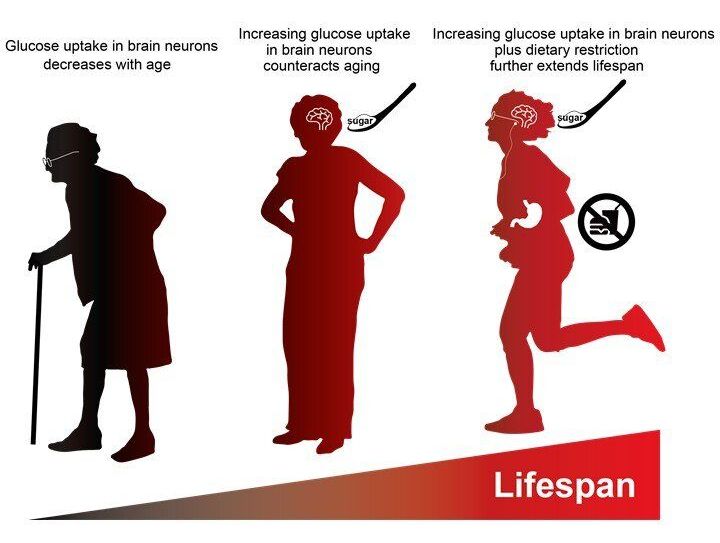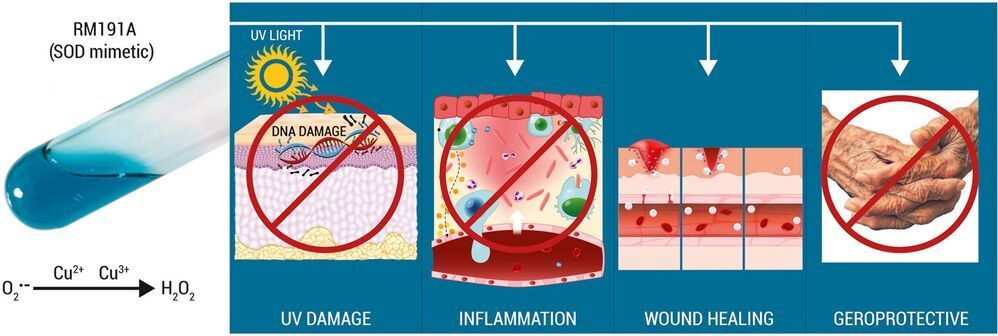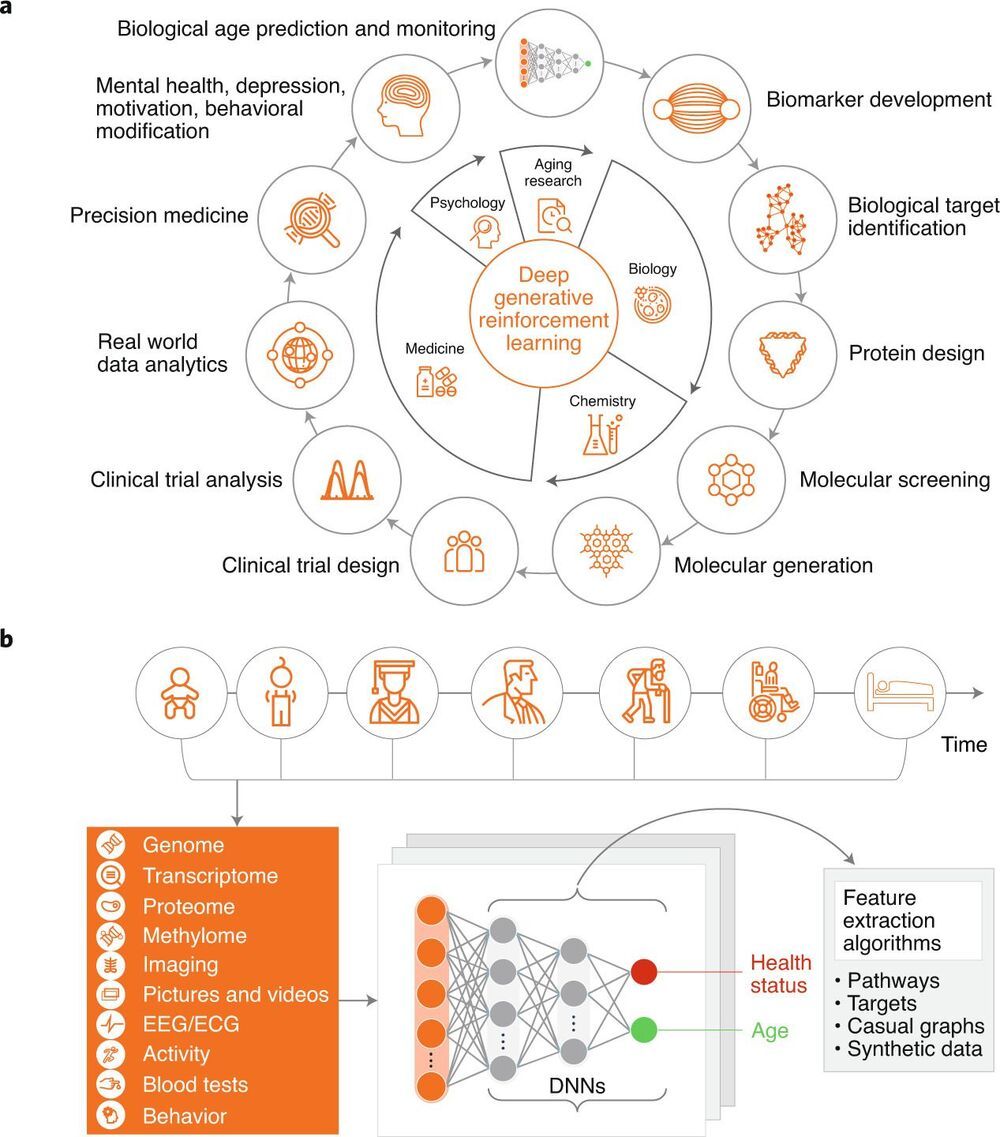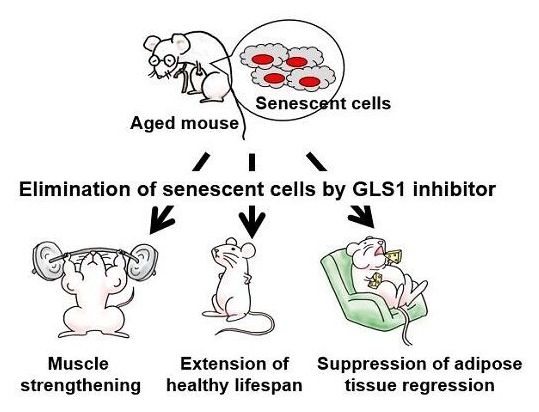Cryonics Institute www.cryonics.org
Like.
No that’s not clickbait.
Being able to stop and reverse aging is probably something every single person has yearned for at some point in their life. Now researchers are finally seeing successful implementations of methods for reversing aging in Animal cells. This creates the potential for countless benefits for humans. These range from simply preventing age related illness all the way to allowing women the opportunity to have kids at any point in their life when they are ready. We are living in very exciting scientific times.
References:
Reprogramming to recover youthful epigenetic information and restore vision — https://doi.org/10.1038/s41586-020-2975-4
NAD+ Repletion Rescues Female Fertility during Reproductive Aging — https://doi.org/10.1016/j.celrep.2020.01.
Nicotinamide adenine dinucleotide extends the lifespan of Caenorhabditis elegans mediated by sir-2.1 and daf-16 — https://doi.org/10.1007/s10522-009-9225-3
Age-related NAD+ decline — https://doi.org/10.1016/j.exger.2020.

Researchers from Tokyo Metropolitan University have discovered that fruit flies with genetic modifications to enhance glucose uptake have significantly longer lifespans. Looking at the brain cells of aging flies, they found that better glucose uptake compensates for age-related deterioration in motor functions, and led to longer life. The effect was more pronounced when coupled with dietary restrictions. This suggests healthier eating plus improved glucose uptake in the brain might lead to enhanced lifespans.
The brain is a particularly power-hungry part of our bodies, consuming 20% of the oxygen we take in and 25% of the glucose. That’s why it’s so important that it can stay powered, using the glucose to produce adenosine triphosphate (ATP), the “energy courier” of the body. This chemical process, known as glycolysis, happens in both the intracellular fluid and a part of cells known as the mitochondria. But as we get older, our brain cells become less adept at making ATP, something that broadly correlates with less glucose availability. That might suggest that more food for more glucose might actually be a good thing. On the other hand, it is known that a healthier diet actually leads to longer life. Unraveling the mystery surrounding these two contradictory pieces of knowledge might lead to a better understanding of healthier, longer lifespans.
A team led by Associate Professor Kanae Ando studied this problem using Drosophila fruit flies. Firstly, they confirmed that brain cells in older flies tended to have lower levels of ATP, and lower uptake of glucose. They specifically tied this down to lower amounts of the enzymes needed for glycolysis. To counteract this effect, they genetically modified flies to produce more of a glucose-transporting protein called hGut3. Amazingly, this increase in glucose uptake was all that was required to significantly improve the amount of ATP in cells. More specifically, they found that more hGut3 led to less decrease in the production of the enzymes, counteracting the decline with age. Though this did not lead to an improvement in age-related damage to mitochondria, they also suffered less deterioration in locomotor functions.
I’m curious what biomarkers people here currently track? I did some research and came up with these 20 but any you would add/take away? (9 of them were mostly included to be able to use Morgan Levine’s biological age calculator).
This is the first article in a two-part series on the best aging biomarkers to track for longevity. The second article will compare different tests and testing companies on the market and supply a sample testing schedule you can use.
“When you can measure what you are speaking about, and express it in numbers, you know something about it; but when you cannot express it in numbers, your knowledge is of a meagre and unsatisfactory kind; it may be the beginning of knowledge, but you have scarcely, in your thoughts, advanced to the stage of science, whatever the matter may be.”
Homeslice Kelvin here is right.

A breakthrough skin-gel is showing promising signs in Australian trials, with the ability to halt chronic pain in its tracks, halve healing time and even turn back the clock on ageing skin.
The gel, which is known as RM191A, is believed to be a new class of anti-inflammatory.
It’s a copper-based compound which is applied directly to the skin as a topical.
Important here is at 38:13 where he says not only is his TAME trial paid for but an organization is going to pay a billion dollars per year on aging. He was not allowed to give details but it was going to start this month. I’ll be watching for the news.
Zoom Transcription: https://otter.ai/u/vTb6HEbcyTXBPgVrgRzB3I0CDC8
Dr. Nir Barzilai discusses the TAME Trial and what this group may learn from the successes for advancing progress on biomarkers in particular and on aging in general.
About Nir Barzilai:
Nir Barzilai, MD, is a Professor in the Department of Endocrinology Medicine and the Department of Genetics at the Albert Einstein College of Medicine. He is also the Ingeborg and Ira Leon Rennert Chair of Aging Research at the Albert Einstein College of Medicine.
This last year has been not been one for the social calendar. It has left us all feeling more and more isolated with lockdown after lockdown and restricted travel options globally. It is something we need to actively work to overcome, for our own sakes and for those around us, it is as detrimental to our long term health as smoking, obesity or having an alcohol disorder. It increases the risk of many health conditions, and even alters gene expressions. If you want to know even more detail I break it down in this new video, and look out for those who are having a rougher time, pay it forward. Make this world a place you want to live in…
In Loneliness As Deadly As Smoking-How It Impacts Your Health & Longevity I will be talking about how social isolation, something becoming more and more apparent in many countries and cities across the globe, is a serious threat to health and longevity.
It’s effects on mental and physical health are amongst the most serious threats we face and as such it needs to be taken seriously. The studies I mention are linked below.
To see the video on the mother of all diseases, aging, follow this link:
And leave your thoughts, questions and suggestions for future topics in the comments.
Elon Musk’s Neuralink showcases working implanted brain computer and promises future health benefits.
Elon Musk company Neuralink has been researching how directly interfacing with the brain could be used as therapy for chronic and debilitating medical conditions, as well as exploring how technological augmentation could expand and develop the capabilities of the human brain.
Longevity. Technology: Neuralink have been decidedly cagey about their progress, despite having $158m, in funding, $100m of which comes from Musk himself [1]. Tonight’s live broadcast featured misbehaving pigs (I’m looking at you here, Gertrude!) and a glimpse of the future of robotic surgery, but Elon Musk continued to operate at his self-proclaimed “speed of thought” pushing the boundaries between brains and technology.
Prior to today’s update, the last real news was in July last year, when they announced they were developing a “sewing machine-like” device that could implant incredibly thin (4 to 6 μm) threads in the brain. The company also demonstrated a system that read information from a lab rat via 1500 electrodes and revealed they planned to start experiments with humans in 2020 [2].

HURRY. I’m getting old.
Recent advances in deep learning enabled the development of AI systems that outperform humans in many tasks and have started to empower scientists and physicians with new tools. In this Comment, we discuss how recent applications of AI to aging research are leading to the emergence of the field of longevity medicine.

A team of researchers affiliated with a host of institutions across Japan has found that inhibiting kidney-type glutaminase-dependent glutaminolysis in mice can lead to elimination of senescent cells. In their paper published in the journal Science, the group describes using RNA interference to look for enzymes that are required for senescent cell survival and subsequently inducing them to die. Christopher Pan and Jason Locasale, with the Duke University School of Medicine, have published a Perspectives piece in the same journal issue outlining research into glutamine and the role it played in the work done by the team in this new effort.
Cells are described as senescent when they lose the ability to divide. Prior research has found that cells can reach senescence due to exposure to stress, which can include mitochondrial, replicative or oxidative stress. In all cases, the cells live and continue to function, but can no longer divide. Prior research has found evidence suggesting that senescent cells play a role in the development of some aging-related diseases such as arteriosclerosis and muscle degeneration. For that reason, scientists have been looking for ways to eliminate them. In this new effort, the researchers have found a way to rid test mice of senescent cells by removing a pathway necessary for their continued survival.
The work involved a screening effort using RNA interference to look for enzymes that senescent cells need to survive. This led them to look closer at glutamine metabolism, specifically glutaminase 1. Testing showed it to be critical to survival for senescent cells. The team then inhibited the glutaminase 1 pathway in test mice. After allowing time for the changes to take effect, the researchers found that inhibiting the pathway led to the deaths of senescent cells. In the longer term, they found that it also reduced age-related organ problems and also health issues related to obesity.